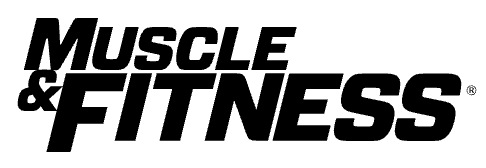Keep your arms at 90 degrees…and other running myths
The world of fitness/sports performance/health is a minefield of misinformation. Be it diet based (Eggs are bad…wait now they are good!) fatigue (no pain, no gain!) or anatomical (the knees should never be over the toes!) old “rules” die hard.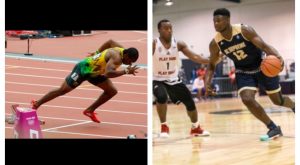
Knees over toes…a completely normal part of accelerating, being an athlete or human being for that matter.
Keep your arms at 90 degrees
This one is probably the most frequent and egregiously incorrect running cue I encounter. Simply put, the arm should mirror the opposite leg. If the leg is in a long lever position (extended)the opposite arm will also be a long lever and vice versa. The legs certainly do not hang out at a perfect 90 degree bend and neither do the arms. Don’t believe me? Check out these stills.
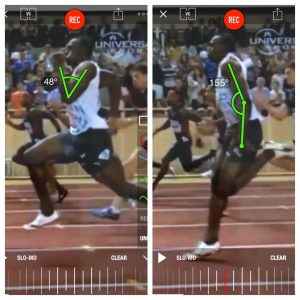
The worlds fastest man showing off arm angles that differ greatly from 90 degrees
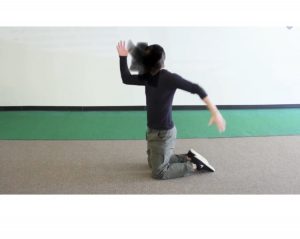
That back arm though
Feet should be straight when running at toe off
This one seems simple enough. If I want to run in a straight line my toes should be completely straight right? Well, let’s go to the video John. Just before ground contact in both elite and novice runners you will see an external rotation of the foot, a strike on the outside edge of the foot and a roll of the foot to the big toe or inside edge.
The degree of the foot turn can vary. Looking at biomechanics again we know that the glutes are both a hip extensor and an external hip rotator. Meaning if they are doing their job (and everyone seems to want to have glutes that fire) they will bring the leg down and also out. Check out Tevin Coleman and Reece Prescods 9.94 100 meter right here.
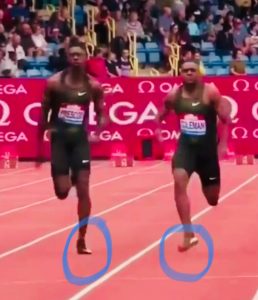
Toes out!
Hip flexor training
Most coaches would agree that the hip flexors are extremely important in high velocity sprinting. It has been said that Olympic level sprinters have hip flexors that are 4 times as strong as average humans. So, it’s no shock that you would want to train these muscles to run faster. The problem with most applications of hip flexor training is HOW it’s performed.
Biomechanics will tell us that the hip flexors contract BEHIND the body to drive the knee forward. Yet we still see many instances where the flexors are trained in front of the body in an attempt to get faster. Now, this isn’t inherently horrible, the muscles will still get stronger. But the transfer to what actually happens when you sprint will come up short, unless you train them behind the body. An easy way to combat this is by learning the knee drive exercise and its various derivatives.
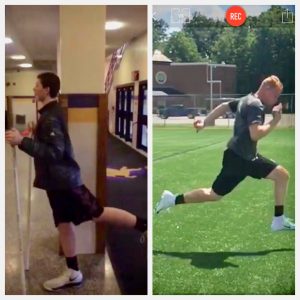
Knee drive exercise in the left picture. Hip flexors being trained behind the body, just like running in the picture on the right.
Old myths die hard. Hopefully this article can serve as a way to get you to think a little differently about what actually happens in high velocity sprinting and out of the model of believing everything your coaches tell you. Dig a little deeper in all aspects of sports performance, you might be surprised what you uncover.
